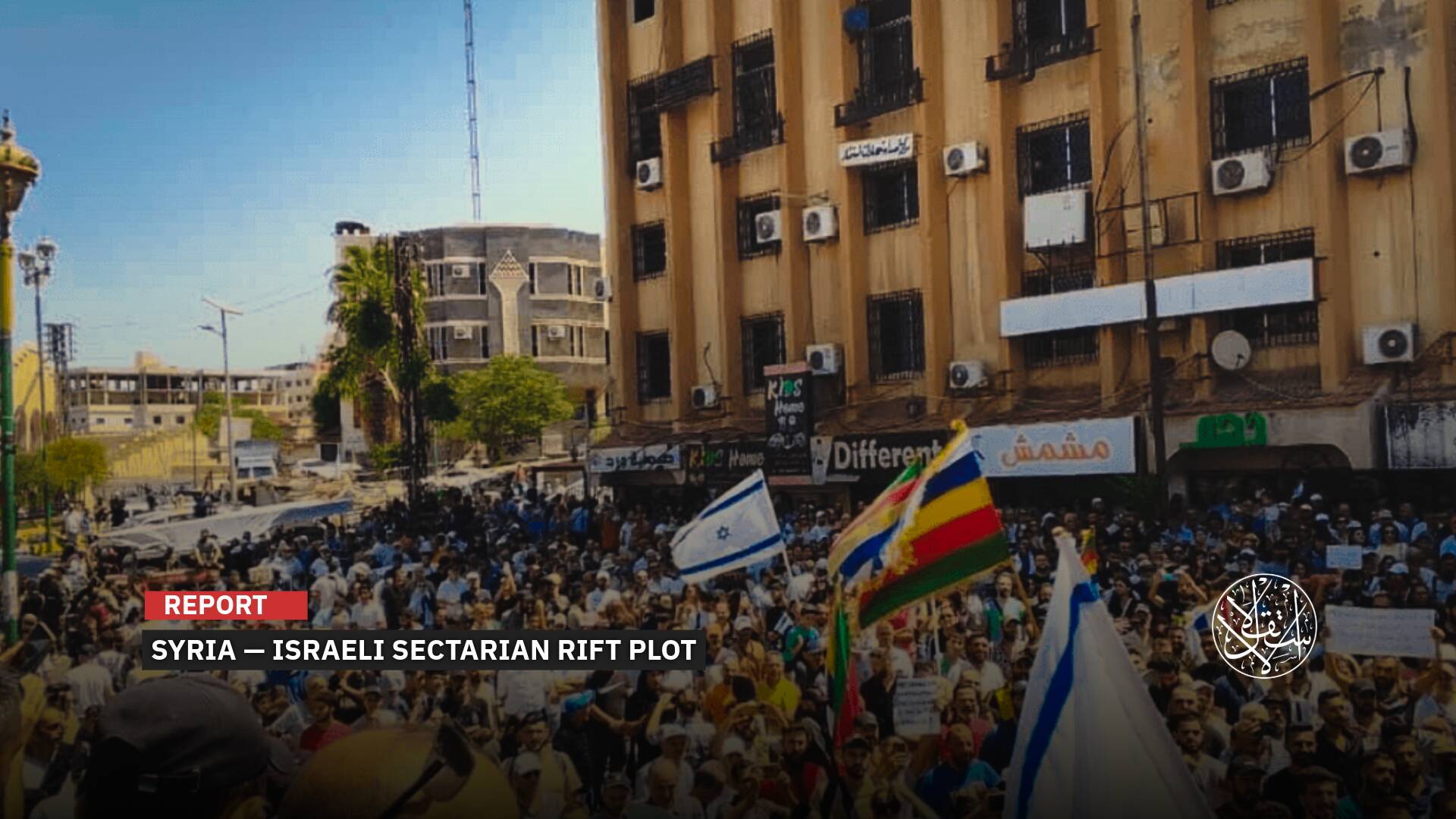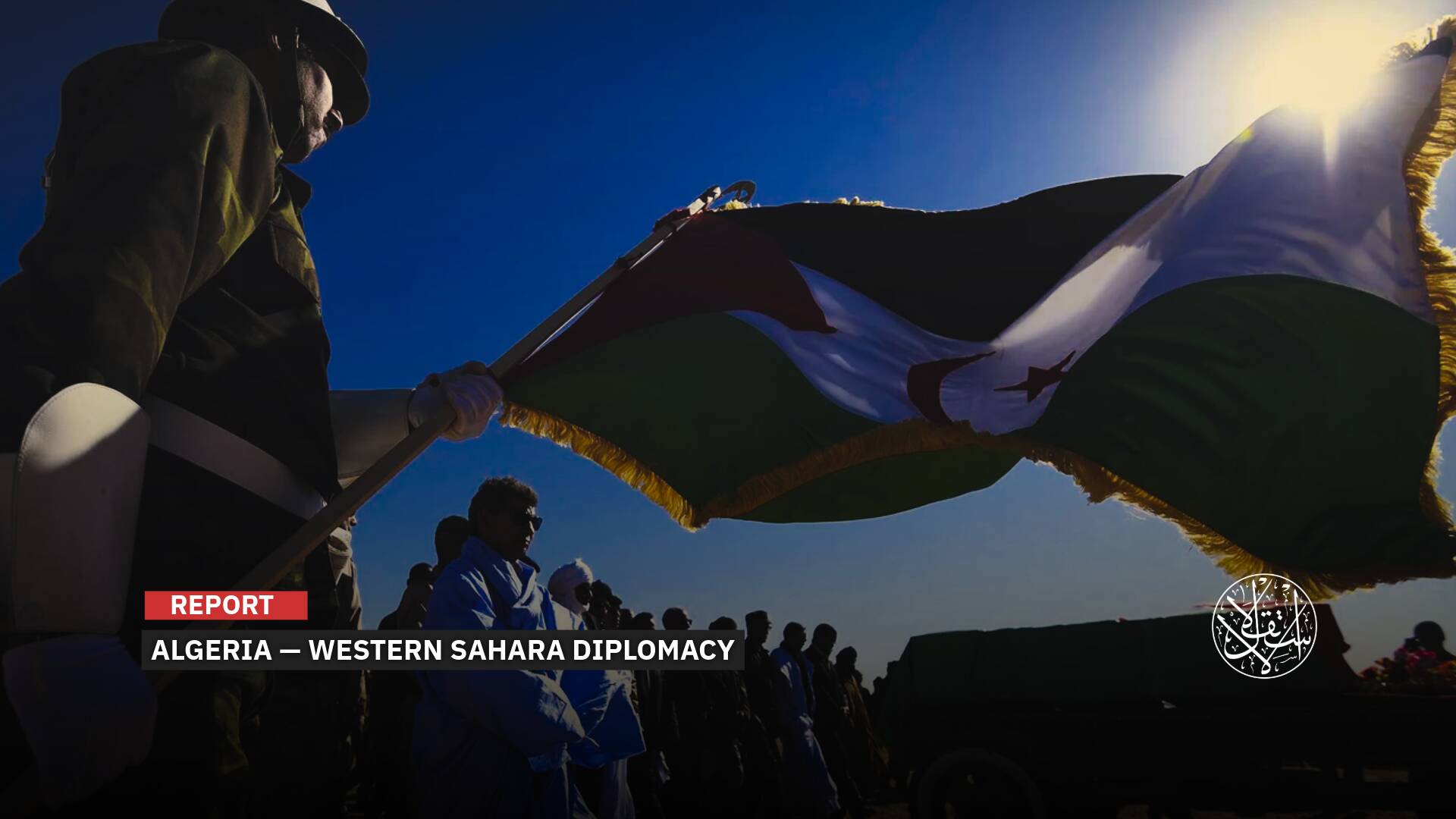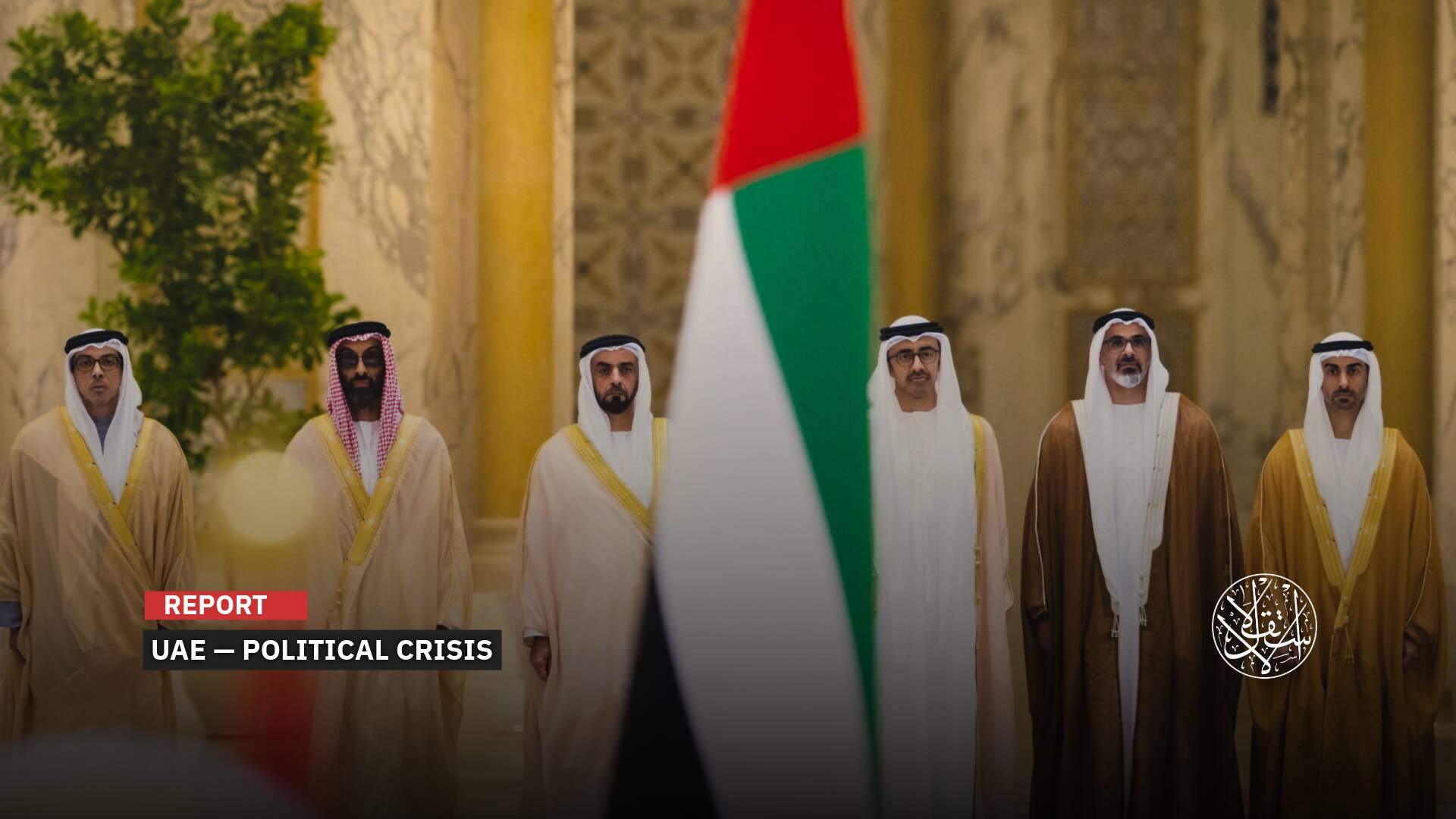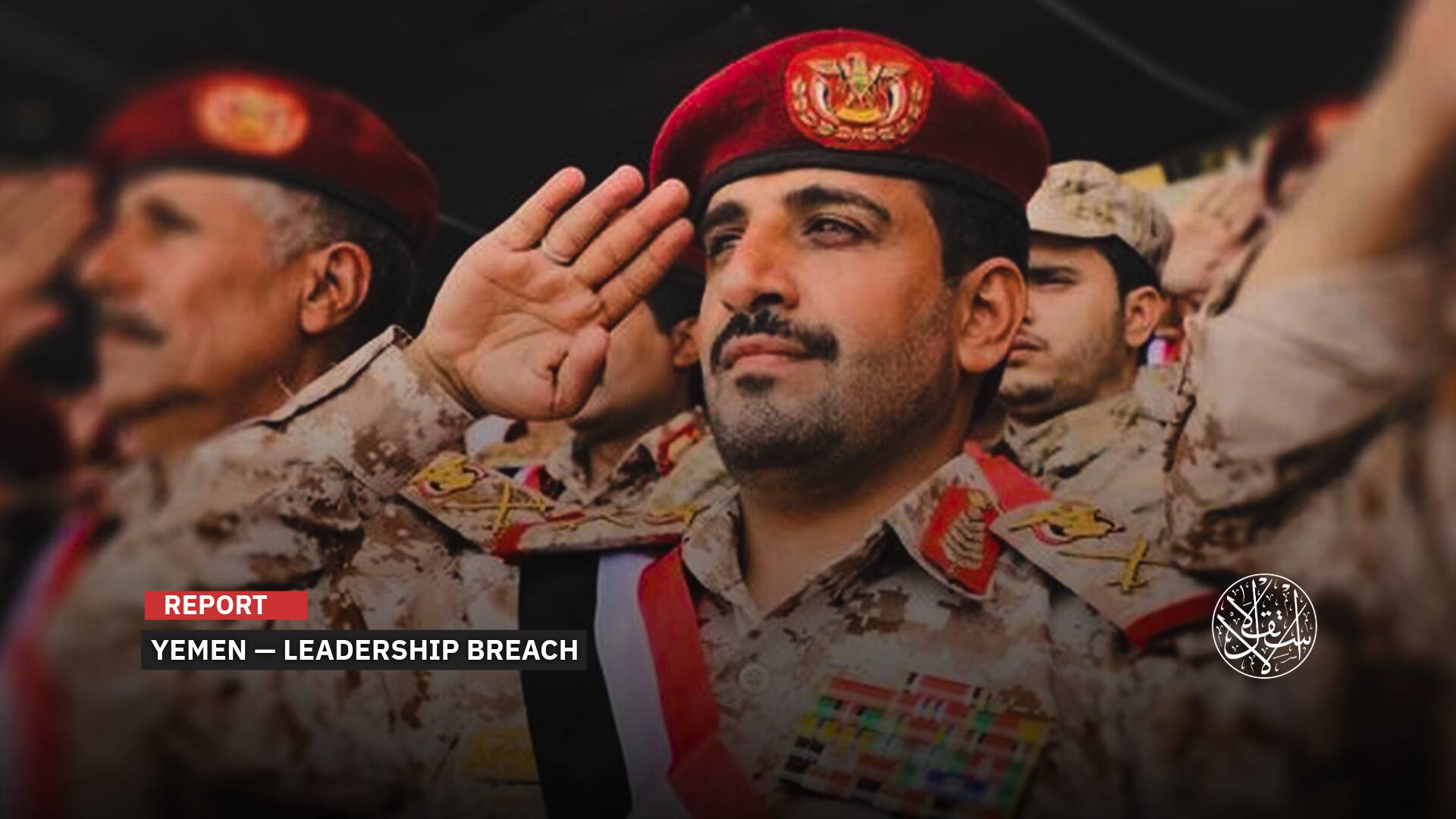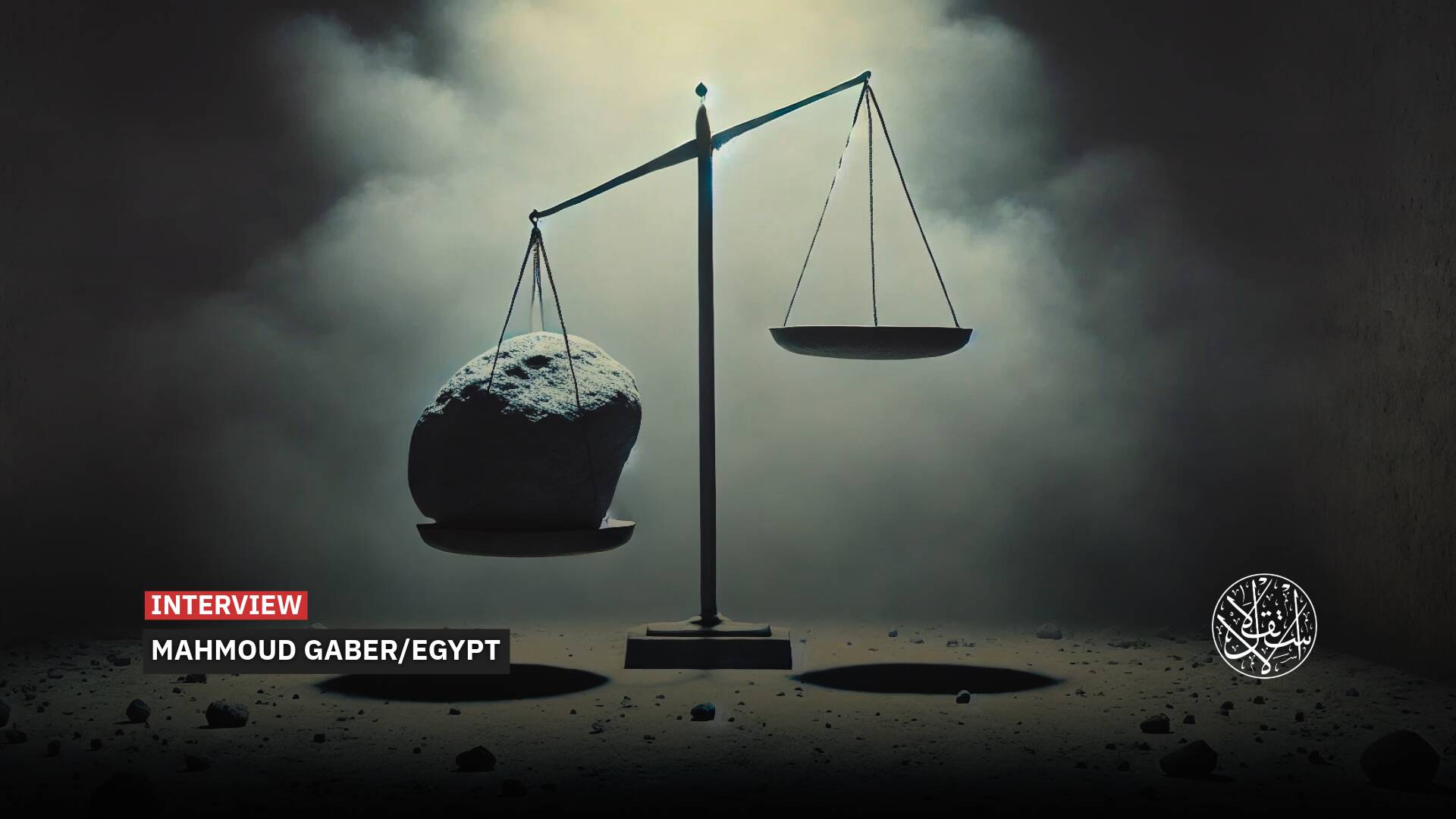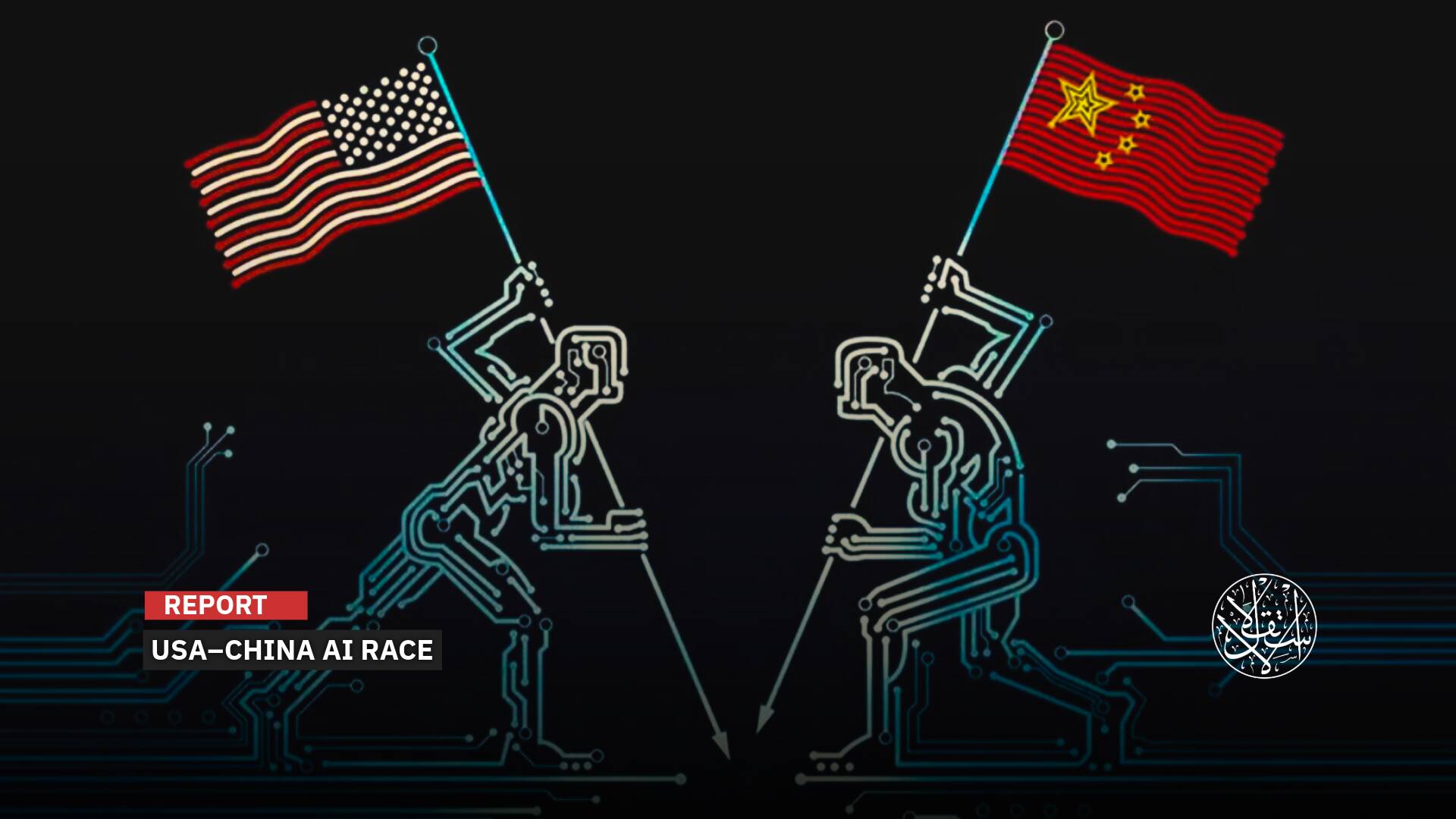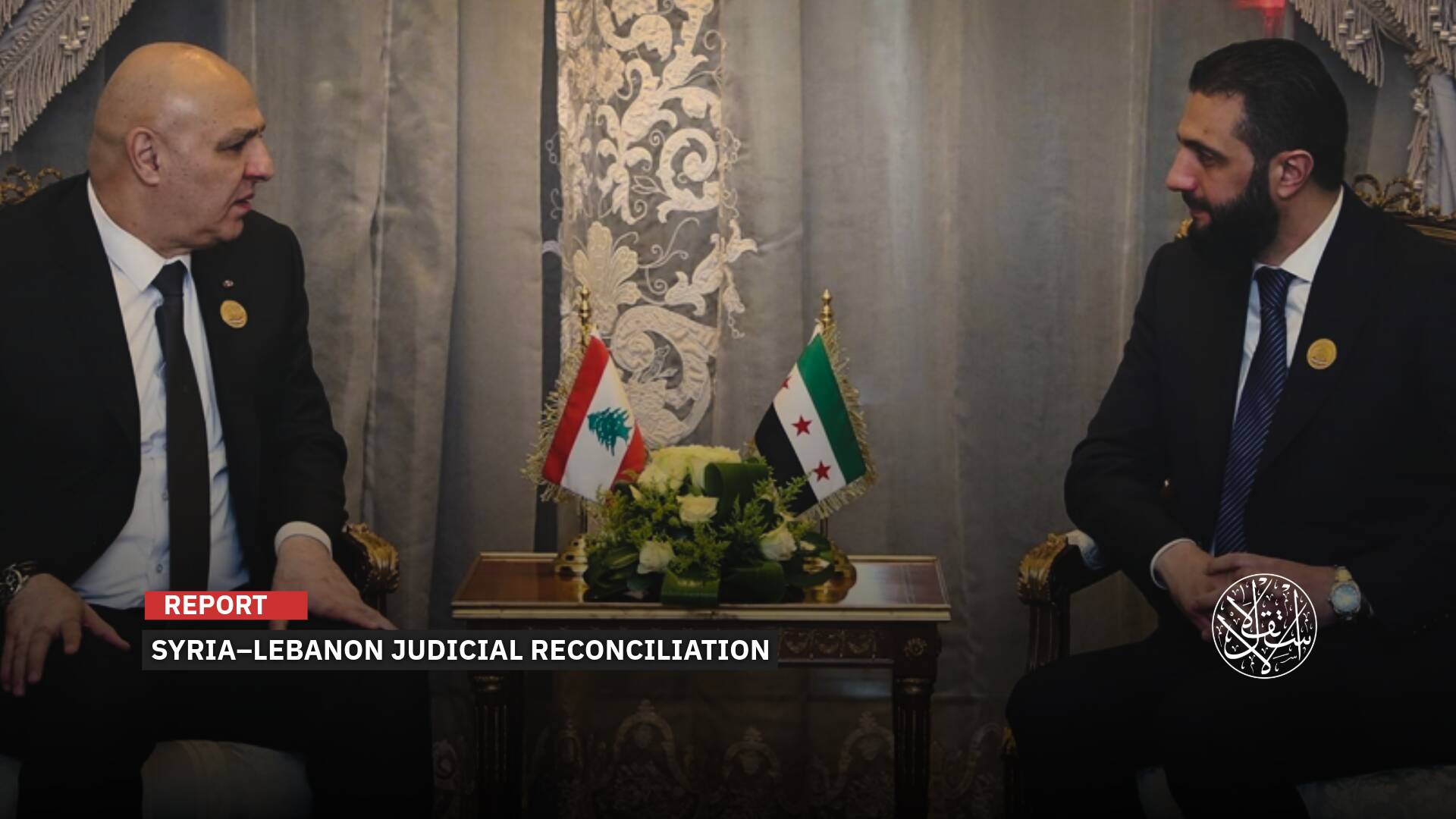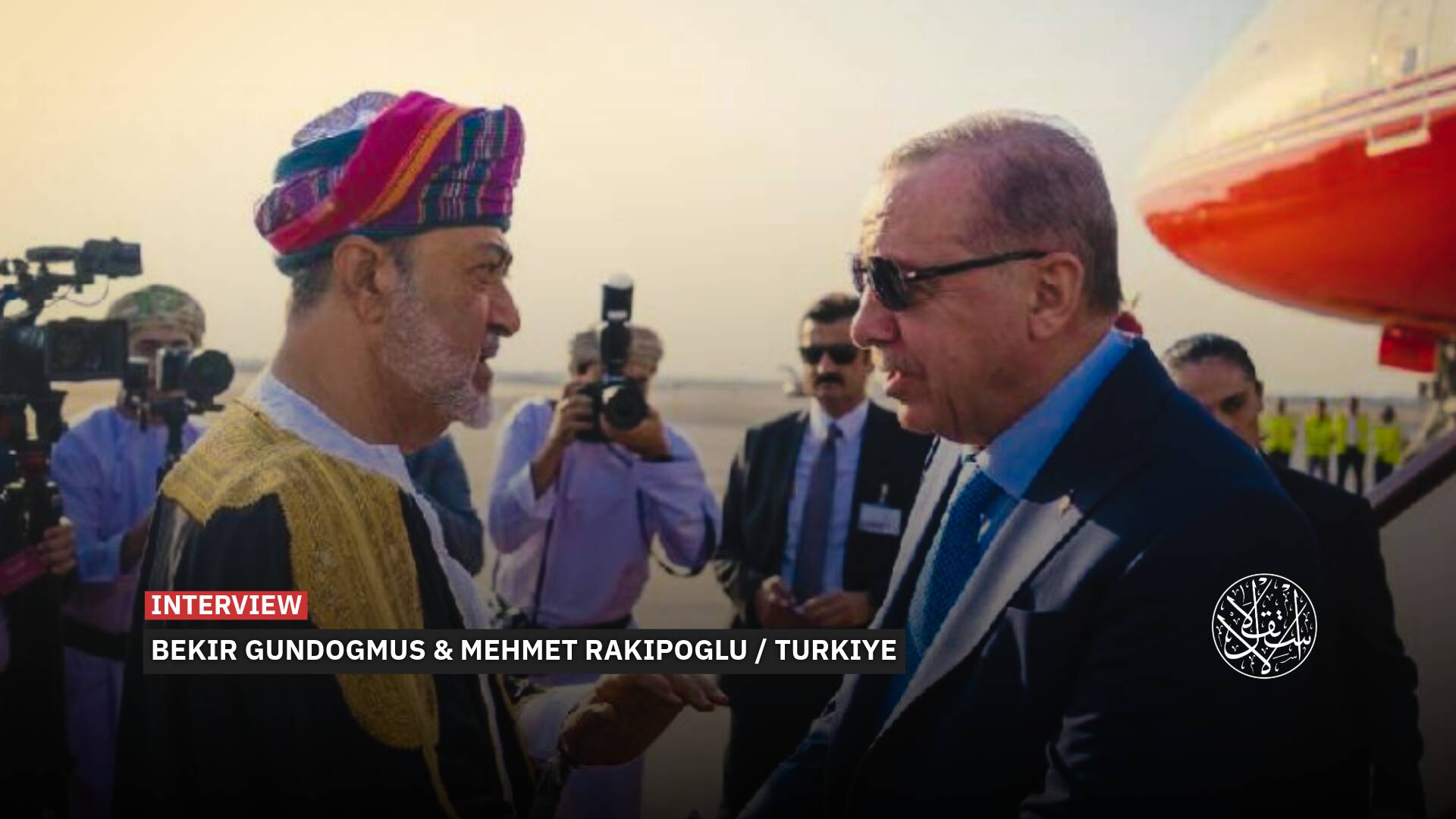Forcibly Disappeared in Egypt Since the Rabaa Massacre: Why Their Fate Remains Unknown Today
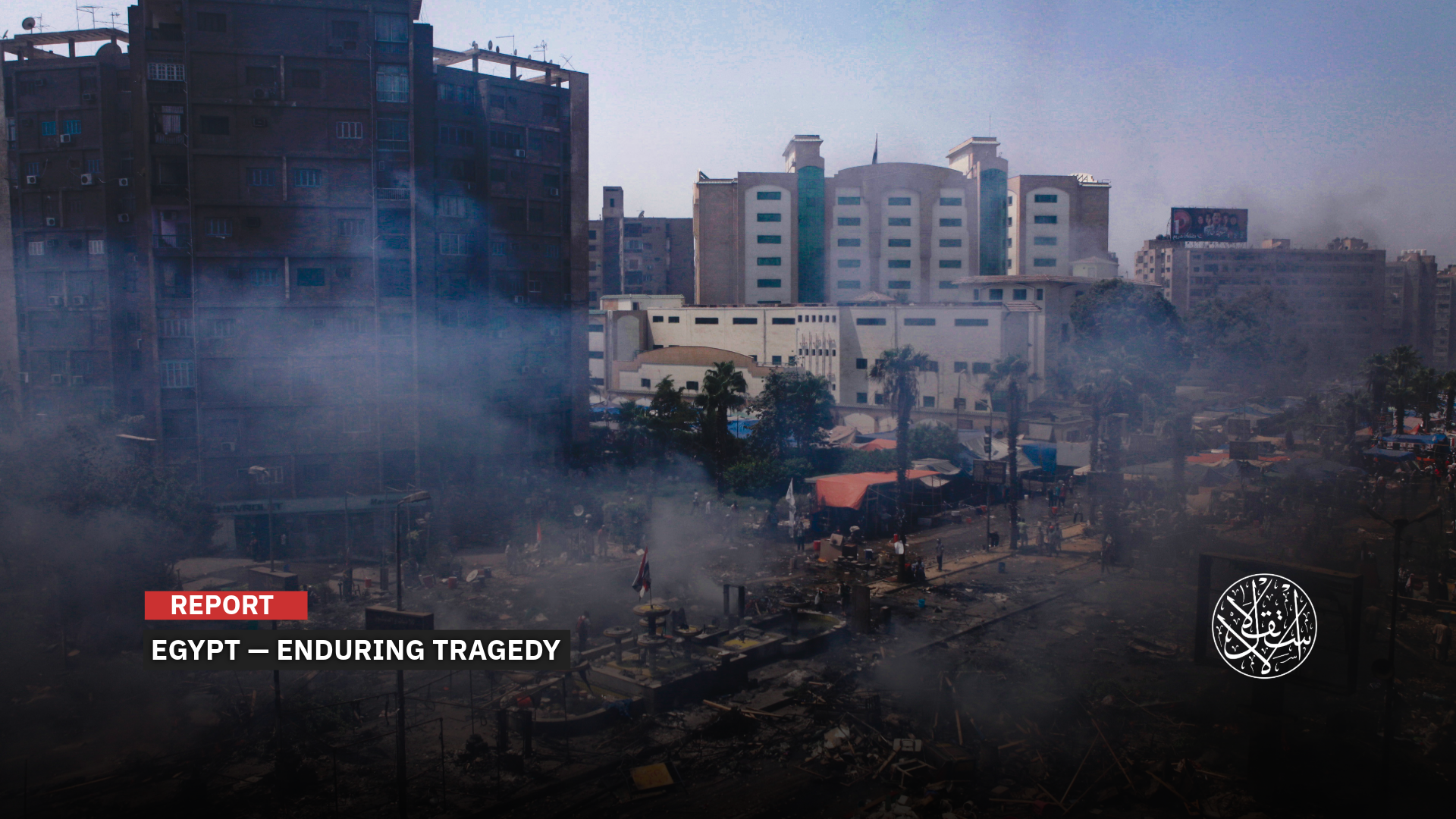
Many of those who disappeared after Rabaa were likely burned or secretly moved from the field hospital.
On August 14, 2025, twelve years passed since one of the bloodiest and most violent moments in modern Egyptian history, the Rabaa massacre.
The massacre marked a decisive turning point in the political trajectory that followed the military coup led by then–army chief and current head of the regime Abdel Fattah el-Sisi against the late president Mohamed Morsi in 2013.
On that day, security forces stormed the square, deploying live ammunition, heavy vehicles and tear gas against tens of thousands of largely peaceful demonstrators, in a scene that became emblematic of systematic state repression.
According to rights groups, the bloodshed left more than a thousand people dead and hundreds injured, yet the violence did not end there, as the dispersal opened the door to a wider pattern of abuses that persisted in the years that followed, most notably enforced disappearances.
Documentation by the London-based Arab Network for Human Rights Information indicates that at least 24 people were forcibly taken from the vicinity of the sit-in on that single day, their fate unknown since the moment of arrest, with authorities refusing to disclose their whereabouts or conditions of detention.
Families of the disappeared continue to endure the torment of searching for answers through the labyrinth of security agencies, military prisons and official offices, where they are met with silence and repeated denials from the state.
Each year, the anniversary of Rabaa brings back to the surface the issue of the forcibly disappeared, who embody the hidden face of a mass crime whose repercussions remain unresolved, casting a long shadow over human rights and social justice.
Since that day, enforced disappearance has become a systematic tool to silence dissent and eliminate public space, a hallmark of the post-coup era, in which mass killings in public squares were followed by a policy of erasing bodies and voices behind prison walls, or consigning them to the unknown under el-Sisi’s rule.
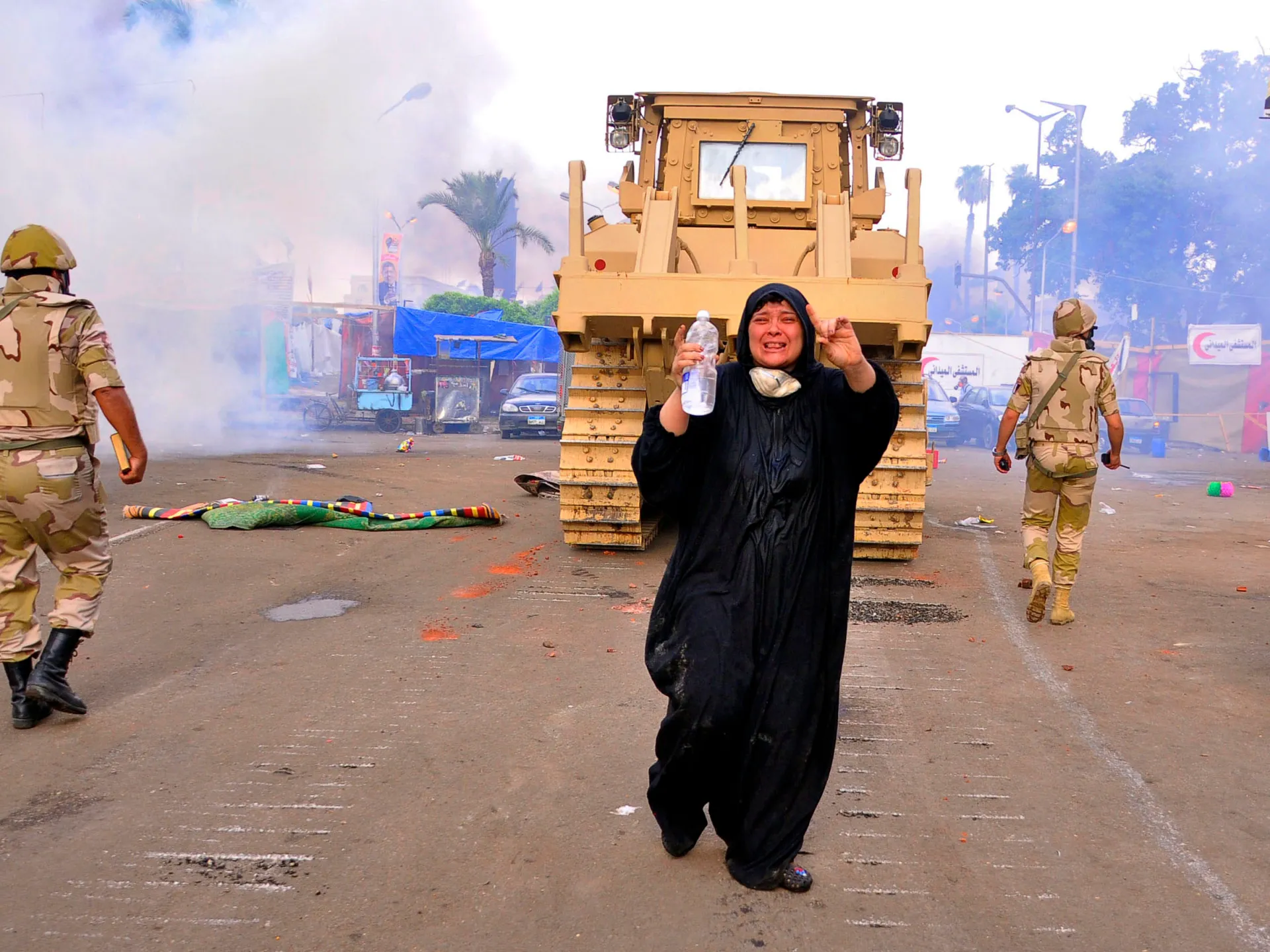
Stories of the Disappeared
In a moving testimony shared on Facebook, Gehad Mohamed, the sister of forcibly disappeared Omar Hammad, wrote that the family has known nothing of his fate since August 14, 2013.
She recalled that he had been helping to evacuate the wounded during the dispersal of the Rabaa sit-in when he was arrested inside an army vehicle, and from that moment all traces of him vanished.
“For twelve years we have turned the world upside down searching for him, knocking on every door, and each time a glimmer of hope appeared it was quickly extinguished,” she wrote.
“No one has ever told us where he is or what has happened to him, and the years of his absence have left us with painful questions. Is he still alive? How is he living? How has his face changed after all this time?”
“Omar is not a number in a file or a forgotten case,” Gehad added. “He is a human being who laughed, dreamed and loved life. His absence has not erased his place in our hearts, nor has it extinguished our hope that one day we will learn his fate.”
The Arab Network for Human Rights Information has also documented a number of similar cases, among them the story of Said Sayed Ramadan Ali, who was 47 at the time of his disappearance, and who, according to the group, stands as one of the most prominent cases of enforced disappearance following the Rabaa dispersal.
Ali, a tailor living in the Imbaba district of Giza, was present in Rabaa Square on the day of the dispersal. His family lost all contact with him shortly after the afternoon prayer.
They searched hospitals, morgues and police stations in vain, filed an official complaint with the Auseem prosecutor’s office, and brought a case before the State Council, yet his fate has remained unknown.
Among the cases documented by the network, carrying an added layer of tragedy, is that of Adel Dardiri, a plasterer born on August 29, 1971, and his son Mohamed, a student born on September 15, 1997.
On the day of the dispersal, the family received a call informing them that Mohamed, just 17, had been shot dead by security forces in the square.
His father, Adel, rushed there in an attempt to claim the body, telling relatives at 4 p.m. that he was with his son’s remains. From that moment, both disappeared, leaving no trace.
The family searched hospitals and morgues, submitted DNA samples, filed official complaints and even brought a case before the State Council, yet the fate of Adel and the body of his son remains unknown to this day.
Another case involves Mohamed Khodr Ali Mohamed, a young engineer from Port Said in northeastern Egypt.
He was 22 when he vanished on the day of the dispersal, which means he would be 34 years old today if still alive.
According to his family, the last call between him and his father took place at 9:30 a.m. that day, when he said he was under heavy gunfire inside the square, before the line suddenly went dead.
Since then, the family has embarked on a long search, filing complaints with the authorities, checking hospitals and morgues, and submitting DNA samples, but every effort has ended without result.
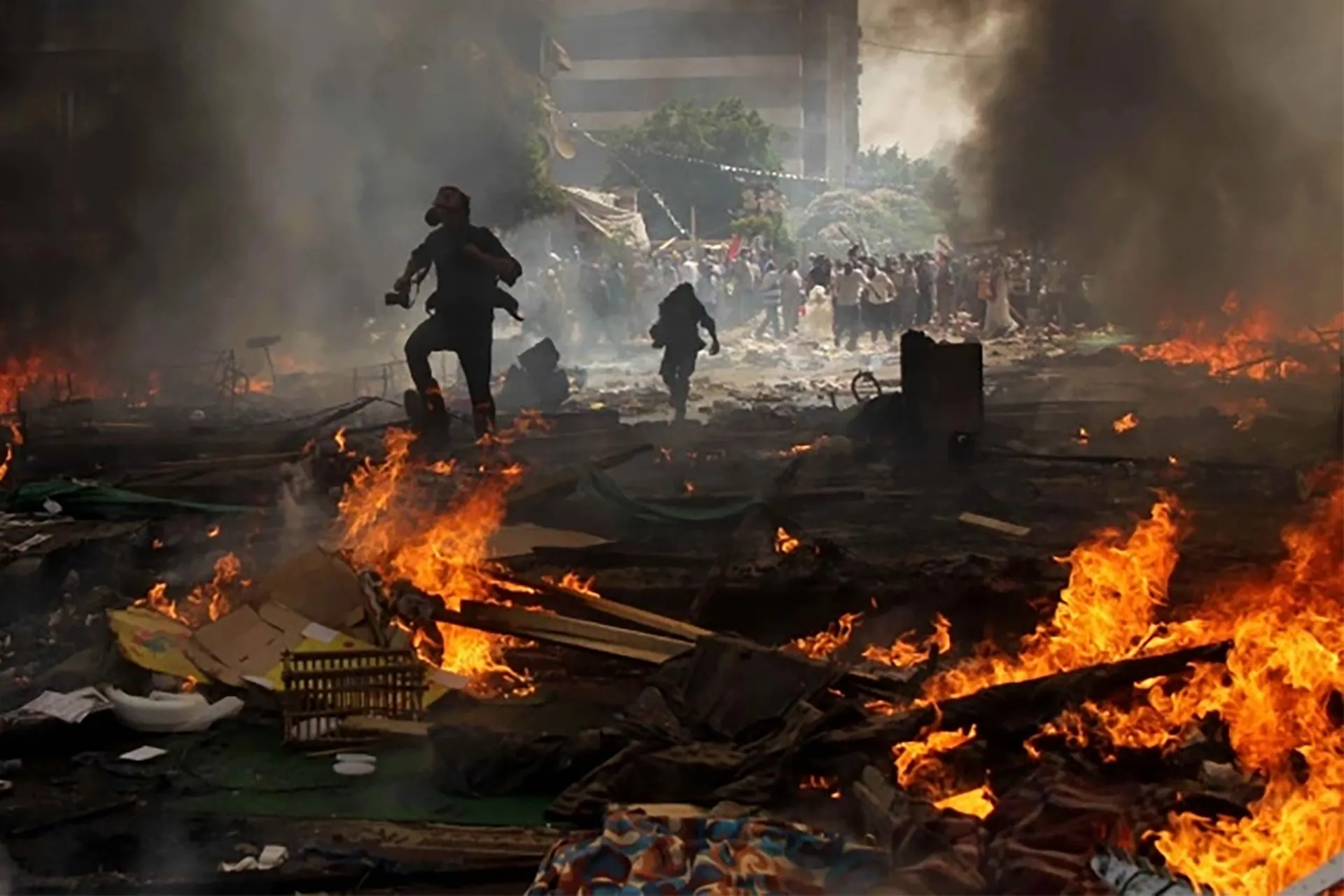
To the Unknown
According to testimonies from those who last saw many of the disappeared, they were inside or on the edges of Rabaa Square, where chaos, bullets and smoke consumed everything, and from there began the stories of long absence.
On Tayaran Street, which borders Rabaa mosque and witnessed some of the heaviest clashes, Abdel Hamid Mohamed Abdel Salam, a university student in his twenties from Dakahlia, was seen for the last time before being taken away by security forces. He has not been heard from since that evening.
Just steps away, Mahmoud Mohamed Abdel Sami, a 36-year-old from Fayoum, made his final phone call to his family at 6 p.m., telling them he was trapped amid heavy gunfire, before the line went dead forever.
Earlier that morning, at around 10 a.m., Mahmoud Ahmed Mohamed Ali Badawi spoke briefly with his family, assuring them he was still inside the sit-in. His voice was the last trace they received, as no word has reached them since.
Engineer Mohamed el-Shahat Abdel Shafi Ahmed was devoting his efforts to helping the wounded in the early hours of the dispersal before he too was swallowed by disappearance, leaving behind only the unanswered question of his fate.
From Gharbia, the family of Mahmoud Ibrahim Mostafa Ahmed Atia received a final call at 6 p.m., after which all contact was lost.
Relatives believe he was transferred to the Azouly military prison inside the El-Galaa camp in Ismailia, yet the authorities have neither confirmed nor denied this.
These stories are not isolated details but evidence of an entire policy. Enforced disappearance, which began with the Rabaa massacre, became a tool of collective punishment, while the state continued to deny and withhold transparency over the fate of the missing.
In a report published by the British outlet Middle East Eye on August 13, 2023, lawyer and human rights researcher Halim Henish stressed that the issue of enforced disappearance in Egypt still lacks any precise statistics, whether concerning those who vanished on the day of the Rabaa massacre or in the years that followed.
He explained that the London-based group Human Rights Monitor was able to document more than 400 cases of disappearance linked to the Rabaa and Nahda sit-ins, a figure significantly higher than that recorded by the Arab Network, yet acknowledged that the real numbers are likely to be far greater.
Henish compared the situation in Egypt to Argentina under General Jorge Videla’s dictatorship from 1976 to 1983, when around 30,000 people disappeared, but insisted that what is happening in Egypt is even more alarming.
He noted that enforced disappearance has become a routine measure deployed by the authorities against detainees, estimating that between 90 and 95 percent of those arrested have been subjected to the practice.
The Egyptian lawyer went on to say that the tragedy did not end with those who were forcibly disappeared, but extended to their relatives, some of whom vanished while searching for loved ones or while speaking publicly about the issue.
In 2017, human rights lawyer and activist Ibrahim Metwally was himself disappeared at Cairo airport as he prepared to travel to Geneva to attend a conference on enforced disappearance. Years earlier, his son Amr had disappeared on the day of the Rabaa dispersal.
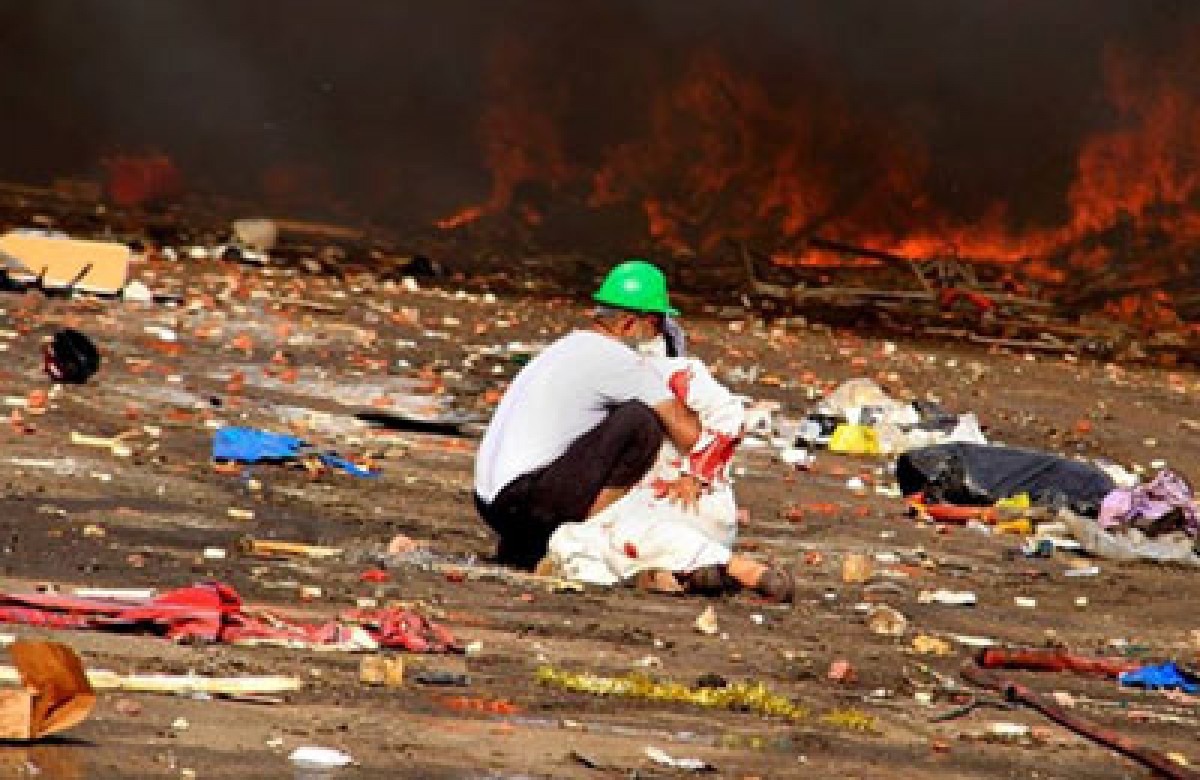
Systematic Approach
According to the el-Shehab Center For Human Rights Foundation, the number of enforced disappearance cases in Egypt has exceeded 15,000 since July 2013, a figure strongly denied by the Egyptian authorities.
Henish believes the main obstacle facing families is Egypt’s refusal to ratify the International Convention for the Protection of All Persons from Enforced Disappearance, in addition to the fact that local legislation does not clearly recognize or criminalize the practice.
The foundation’s report notes that the Egyptian constitution itself, in Article 54, states that “no person may be arrested or detained except by a judicial order.”
It stresses that a detainee “must be allowed to contact his family and lawyer immediately, and be presented to the investigating authority within 24 hours.”
But these provisions, Henish notes, remain little more than words on paper in the absence of political will to resolve one of the most painful chapters in modern Egyptian history.
In explaining the question, “Where did so many of the disappeared go after Rabaa?” Egyptian lawyer and human rights defender Karim al-Yaacoubi pointed to what happened inside the field hospital on the day of the dispersal.
He told Al-Estiklal that army and police forces had cordoned off the hospital with barbed wire, then fired tear gas and rubber bullets before storming it, forcibly removing medical staff and the wounded, while dozens of bodies were seized.
Al-Yaacoubi added that there are strong testimonies warning of acts of mass killing, deliberate burning of corpses, and their transfer to other hospitals in order to erase evidence and conceal the crime.
He pointed to the burning of the field hospital, along with the bodies and injured inside, including women and children, an act that goes some way to explaining why so many victims are absent from official lists or reliable records.
The Egyptian rights defender added that the mosques surrounding Rabaa were converted at the time into makeshift hospitals after the main facility was besieged, while the authorities later limited themselves to forming a fact-finding committee that lacked transparency.
He stressed that the committee made no serious effort to involve the victims and their families, nor did it disclose the fate of the missing to the public, deepening doubts about its independence.
He noted that the decree establishing the committee did not include any obligation to publish its findings or recommendations, and that his own experiences with fact-finding committees in 2011 and 2012 ended without any published results, leaving Egypt’s transitional justice process stalled to this day.
“Many of those who disappeared after Rabaa may be among those burned or secretly transferred from the field hospital, as part of a deliberate effort to conceal the crime.”
“This reality makes the Rabaa massacre and the issue of the forcibly disappeared an open wound that can only begin to heal by uncovering the fate of the victims and ensuring accountability,” he concluded.


